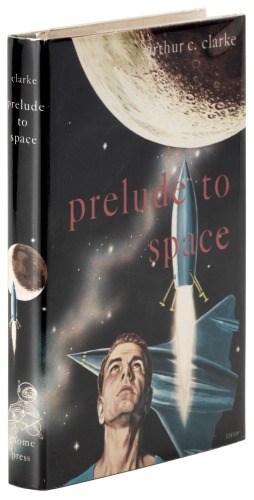The Mail; or, Claypoole's Daily Advertiser. Philadelphia, PA: D.C. Claypoole, April 2, 1792. No. 263. 4pp, 13 x 20.5 in. Featuring a display advertisement for "A beautiful African LION." The advertisement promotes with the heading: "To the Curious. A beautiful African LION, in Race-street between Third and Fourth-street, at the sign of the Rising Sun, to be seen." Then continues, "This noble animal is upwards of three feet high, measures seven feet from nostril to tail, of a beautiful dun colour, uncommonly strong built, his legs and tail as thick as those of a common sized ox...he is as tame an any domestic animal whatever, and is really worth the contemplation of the curious." The ad indicates that the price of admittance is one shilling for adults and six-pence for children, and encourages citizens to act quickly so as not to miss the spectacle. "The stay of this sovereign of animals in this city, will be but short, the proprietor intending to exhibit him through the United States." Appearing next to the advertisement is a large illustration of said lion, 6.25 x 4.65 in., standing on its hind legs with front paws raised and mouth open showing its teeth. The commercial exhibition of rare and/or exotic animals in America was well-established by the time this paper was published. As this advertisement suggests, an exhibitor would travel to different locations arranging exhibitions and typically charging an entrance fee. This ad appeared in The Mail; or, Claypoole's Daily Advertiser just a few months prior to the arrival of John Bill Ricketts, an English-born equestrian who had risen to prominence in England, Scotland, and Ireland as part of the earliest circus companies. Ricketts opened America's first circus at Twelfth and Market Streets in Philadelphia on April 3, 1793, almost one year to the day from the publication of this advertisement. Condition: Partially separated along vertical fold. Toning and minor chipping along edge lines, also small dampstains but not affecting text or illustration. Pencilled note "1792" on top of paper above masthead. Small holes along left edge line suggesting that the paper was previously bound.
The Mail; or, Claypoole's Daily Advertiser. Philadelphia, PA: D.C. Claypoole, April 2, 1792. No. 263. 4pp, 13 x 20.5 in. Featuring a display advertisement for "A beautiful African LION." The advertisement promotes with the heading: "To the Curious. A beautiful African LION, in Race-street between Third and Fourth-street, at the sign of the Rising Sun, to be seen." Then continues, "This noble animal is upwards of three feet high, measures seven feet from nostril to tail, of a beautiful dun colour, uncommonly strong built, his legs and tail as thick as those of a common sized ox...he is as tame an any domestic animal whatever, and is really worth the contemplation of the curious." The ad indicates that the price of admittance is one shilling for adults and six-pence for children, and encourages citizens to act quickly so as not to miss the spectacle. "The stay of this sovereign of animals in this city, will be but short, the proprietor intending to exhibit him through the United States." Appearing next to the advertisement is a large illustration of said lion, 6.25 x 4.65 in., standing on its hind legs with front paws raised and mouth open showing its teeth. The commercial exhibition of rare and/or exotic animals in America was well-established by the time this paper was published. As this advertisement suggests, an exhibitor would travel to different locations arranging exhibitions and typically charging an entrance fee. This ad appeared in The Mail; or, Claypoole's Daily Advertiser just a few months prior to the arrival of John Bill Ricketts, an English-born equestrian who had risen to prominence in England, Scotland, and Ireland as part of the earliest circus companies. Ricketts opened America's first circus at Twelfth and Market Streets in Philadelphia on April 3, 1793, almost one year to the day from the publication of this advertisement. Condition: Partially separated along vertical fold. Toning and minor chipping along edge lines, also small dampstains but not affecting text or illustration. Pencilled note "1792" on top of paper above masthead. Small holes along left edge line suggesting that the paper was previously bound.





.jpg)









Testen Sie LotSearch und seine Premium-Features 7 Tage - ohne Kosten!
Lassen Sie sich automatisch über neue Objekte in kommenden Auktionen benachrichtigen.
Suchauftrag anlegen